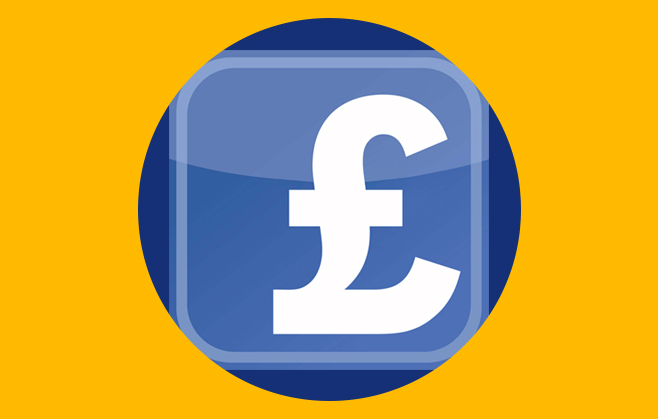
Are brands wary of investing in digital marketing?
This week, Sir Martin Sorrell announced at WPP’s Earnings Call that some of the company’s brands were questioning their investment in “new media alternatives”. So are businesses right to be wary of increasing their digital budgets, or will the sector continue to grow?
In a recent blog post, we emphasised the fact that traditional media spend still outweighs digital, with global brands typically emphasising TV advertising. However, eMarketer predicts that next year will see digital media ad spend in the US surpass that of TV for the first time, accounting for a 38.4% share of total ad spend, in comparison to TV’s 35.8%. This is a significant milestone, particularly as digital is the only advertising area predicted to display rapid growth over the next few years, while all other forms of traditional media including TV, print, radio, and out-of-home show signs of stabilisation.
So why might brands still be fearful of digital? It’s fair to say that while digital, and particularly digital video campaigns are a highly effective medium, it’s social media that has always been deemed riskier. Algorithmic changes, for instance, can often produce unpredictable results for even the highest-budget campaigns. The problem too, as Sorrell notes, is also regarding measurement tools- brands are calling for companies such as Facebook and Google to improve theirs in order to provide greater transparency. It’s worth noting too, that reach plays a significant factor too. While digital marketing methods including social media and PPC campaigns typically offer the cheapest Cost-per-1000, reach, and especially targeted reach cannot always be guaranteed. TV, on the other hand, strikes a middle ground- CPM is higher but relatively inexpensive in comparison to print ads, but it perhaps offers the largest reach of any ad sector. Finally, we might add tentatively, that brands are fearful of digital, and especially social media, because their brand presence is subject to direct scrutiny. Backlash, complaints and more can all be directed towards a company’s social media profile in a very direct and public manner- is it worth a brand potentially putting their reputation at risk?
Aside from this, if sales targets aren’t met from social spend, this might force companies to re-evaluate their strategies- and this is just what Proctor and Gamble have done recently. One of the biggest blows to the digital ad sector of late has got to be the company’s decision to reduce its Facebook marketing spend, following disappointing ROI in this area. The company noted that it would be decreasing its targeted ad spending, which it believes did not result in the expected volume of sales. P&G stated however, that it has “adjusted […] communications to TV, digital and any way appropriate to reach consumers.” Therefore, digital spend in other areas is still a focus- we imagine the company’s other digital advertising avenues such as online video will still continue to feature a huge role. After all, back in 2015, P&G were ranked top in a list of the 100 most effective global marketing campaigns developed by King’s College London, in which digital and social media dominated.
Do you believe brands should be hesitant to invest further in digital marketing? Or do you think the industry’s growth can only lead to increased ROI? We’d love to hear your thoughts as always, so please tweet to us @PracticeDigital and share your comments on our Facebook page.




